您的购物车目前是空的!
How to Be Good at Art: Art is a blend of craft, creativity, and business. To improve as an artist, you need to connect with experts who can teach you advanced techniques, develop a unique style, and figure out how to earn money to support your art, especially if you’re aiming to go professional. As you progress, your art will likely improve, and the resources you gain will help you continue to grow and refine your skills.
Method1 Perfecting Your Craft
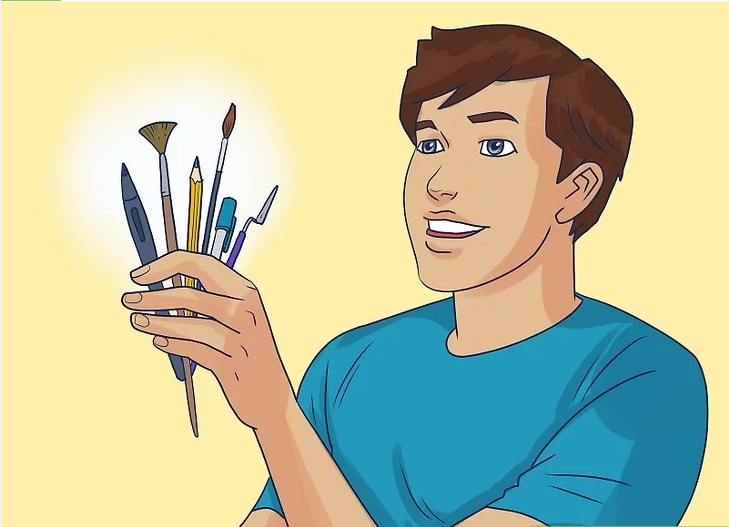
1. Find Your Art Form
It’s crucial to find an art form you genuinely enjoy. This could involve experimenting with different mediums until you discover the one that resonates with you the most. Whether it’s drawing, oil painting, watercolor, charcoal, sculpting, installations, or wood carving, be open to trying new things.
You may find that a trip to the art store will help you decide. Some materials can be more costly than others, so it might be wise to start with something less expensive, like drawing, which doesn’t require costly supplies. Once you feel comfortable and have the resources, you can expand to more complex art forms. As your skills grow, you might transition from basic drawing to adding color with painting.
Related Resource: Choosing Your Art Medium
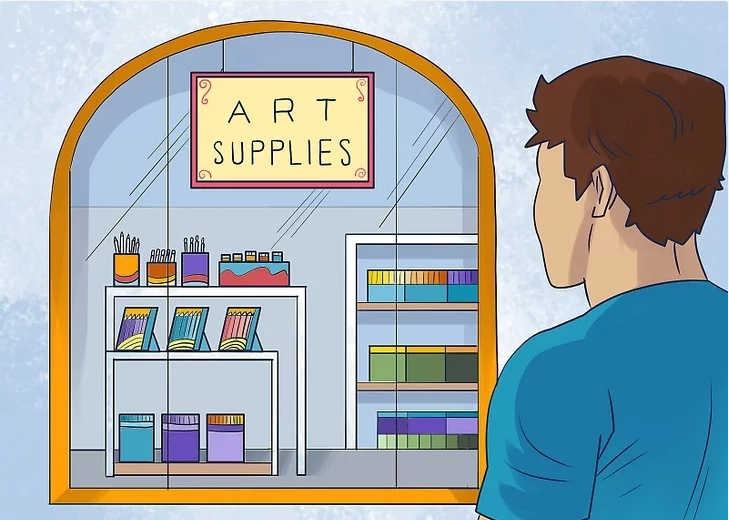
2. Go to the Art Store
Equip Yourself with the Right Materials
It’s hard to become a skilled artist without the right tools. Start with basic supplies to keep costs down while experimenting with different techniques. Once you find your preferred art form, you can gradually expand your collection of materials, adding more advanced tools as you progress.
If the supplies are beyond your budget, consider searching online for local sales of secondhand art equipment.
Related Resource: Essential Art Supplies for Beginners
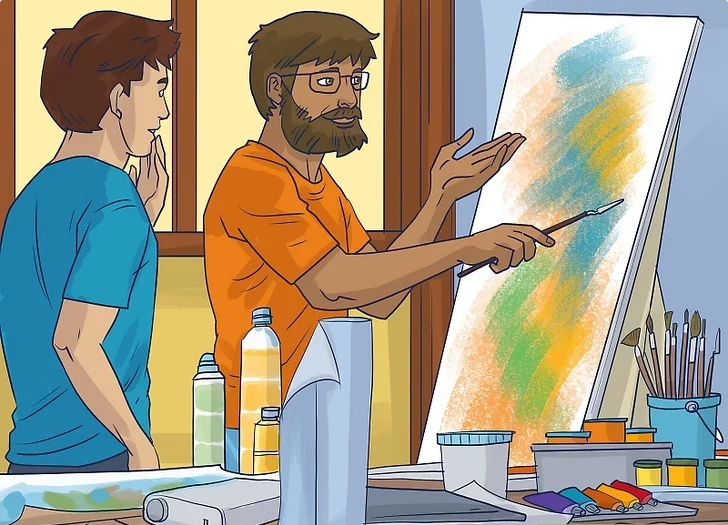
3. Find a Teacher
Seek Guidance from Experienced Artists
Look for opportunities to learn from experienced artists, whether through local art shows or online communities. Once you find an artist whose work you admire, consider reaching out to them for lessons.
It’s important to remember that you don’t need to rediscover artistic techniques on your own. Many methods have been perfected over centuries, and others can guide you through this process. Professional feedback will be essential for your development, as learning from your mistakes often requires an objective perspective.
Related Resource: How to Find an Art Mentor
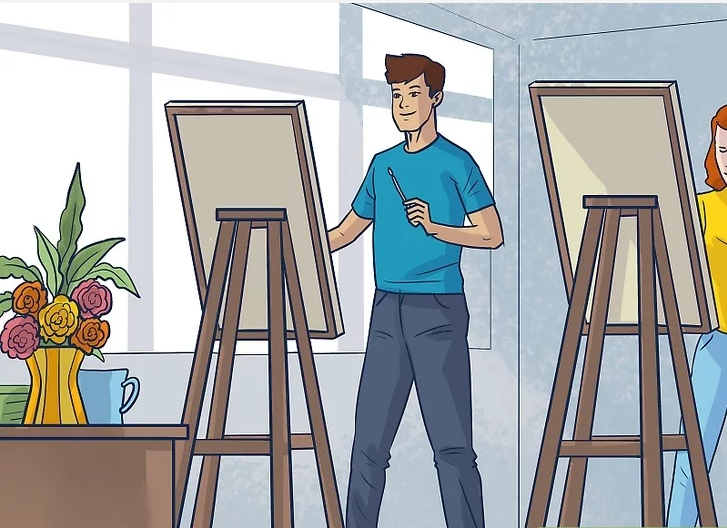
4. Go to School
Consider Art Education for Mastery
While attending art school is an excellent way to refine your craft, it’s not your only option. If you’re unable to attend a formal art school or feel that a full degree isn’t the right fit, community colleges often offer affordable art classes. These can be a great stepping stone and even help you develop the skills needed to get into a more competitive program.
Don’t worry about your degree; in art, your portfolio matters much more than your formal education. Ultimately, you will be judged based on the work you produce.
Related Resource: Art School vs. Self-Taught: What’s Best for You?
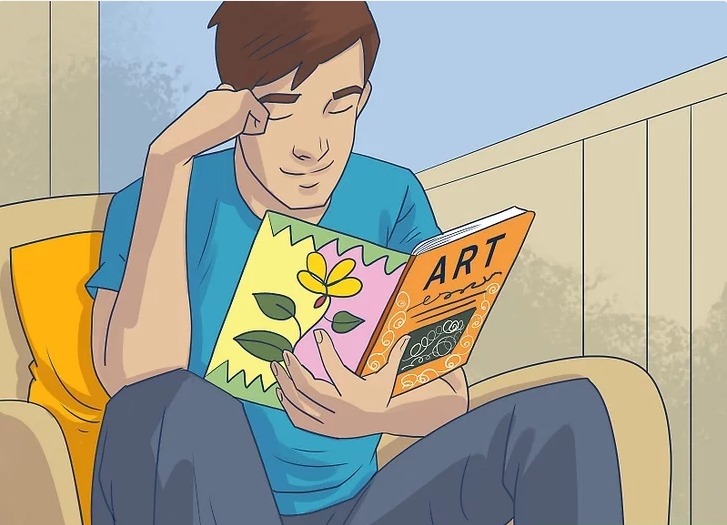
5. Never Stop Reading
Expand Your Knowledge
There’s always room to learn more, whether through books, online courses, or other resources. While the internet provides valuable tutorials, comprehensive guides and techniques can often be found in full-length books.
Start by visiting your local library to find some art books, then explore online for highly rated ones that dive deep into specific artistic styles or methods.
Related Resource: Top 10 Art Books for Aspiring Artists

6. Practice
Commit to Daily Practice
The key to improvement is consistent practice. Set aside a specific time each day to work on your art, even if it’s just for 30 minutes. Don’t shy away from challenging yourself and trying techniques you’re unfamiliar with.
Experiment with things you haven’t mastered yet. You’ll learn more from facing these challenges than by repeating what you already know. Try replicating famous artworks to learn from the best—this process, known as a “master study,” is a powerful way to gain new insights into art.
Related Resource: Master Study Practice: How to Learn from the Masters
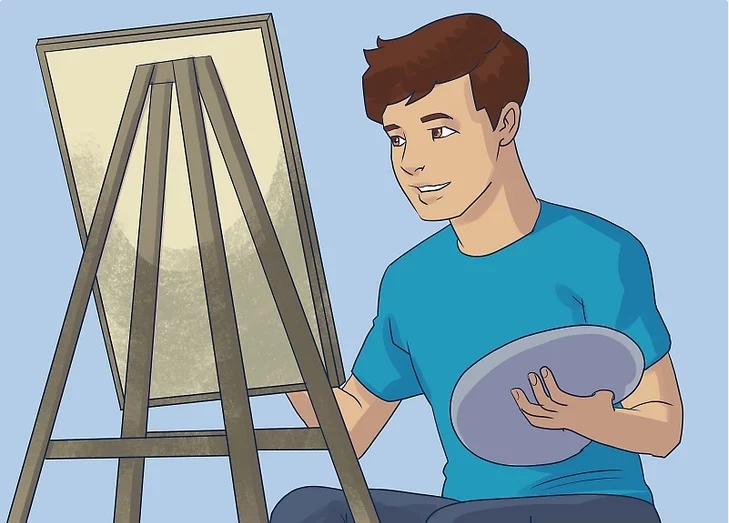
7. Give Yourself Time to Improve
Patience is Key to Artistic Growth
Improvement takes time, so be patient with your progress. Allow yourself to step back and reflect on the direction your art is taking. Personal style takes years to develop and should be nurtured patiently.
It’s like a sculptor chiseling away at a block of marble—what you are capable of will slowly reveal itself as you continue working.
Related Resource: Building Your Art Style: A Guide
By following these steps, you’ll be on your way to mastering your craft and developing your unique artistic voice!
Method2 Finding Your Creativity
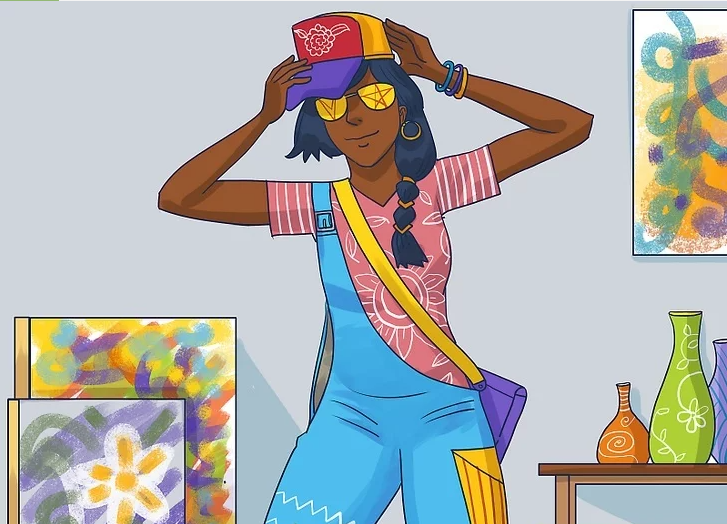
1. Embrace Uniqueness
Psychologists from Vanderbilt have found that people who embrace their quirks are often more creative. Unique art tends to perform better in the market than artwork that merely displays technical skill. Having a distinctive personal style is often part of an artist’s brand. In other words, challenging conventions can help you become a more original artist—and even if it doesn’t, it certainly enhances your marketability.
Related Resource: The Power of Being Creative: Why Embracing Uniqueness Matters

2. Get Out of Your Comfort Zone
Expand Your Experiences to Fuel Creativity
Art is all about translating personal experiences into unique expressions. To create truly original work, you need to have experiences beyond staring at a screen. Step out of your house and immerse yourself in the world around you.
A walk in nature, such as in the woods or along the beach, is known to boost creativity. These walks allow for solitude and introduce new sensory experiences you don’t often encounter. Traveling abroad exposes you to different cultures and unfamiliar environments, which studies suggest can enhance creativity. Even recalling memories from traveling abroad can spark new creative ideas.
Related Resource: How Nature Walks Enhance Creativity
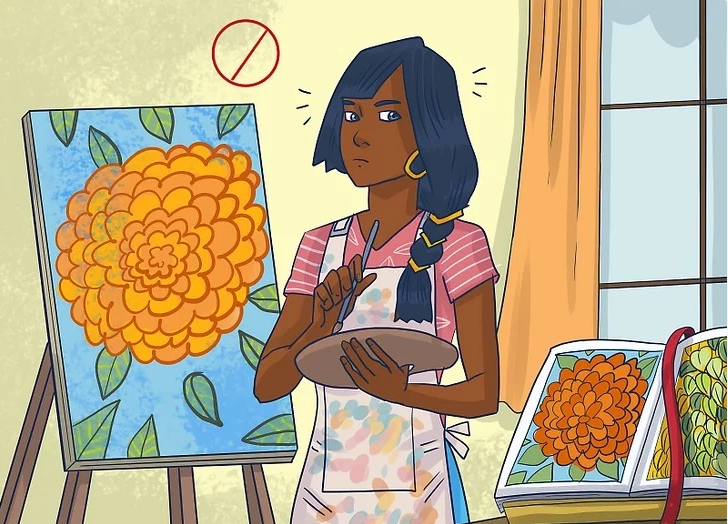
3. Be Conscious of Your Influences
Identify and Understand the Sources of Your Inspiration
Great art often builds upon the work of past masters. However, it’s easy to accidentally replicate another artist’s style without realizing it. A powerful image can become ingrained in your mind and may unconsciously influence your own creations.
Expose yourself to a wide range of influences and, when creating, reflect on whether your work is too similar to that of others. By being aware of these influences, you can make sure your art remains authentic and original.
Related Resource: How to Find Your Artistic Influence Without Copying
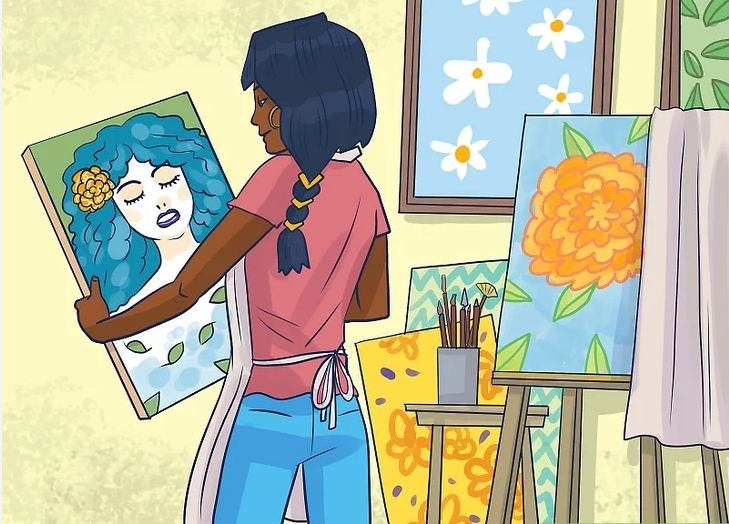
4. Be Open to Evolving Your Style
Stay Fresh and Evolve as You Grow
As you progress as an artist, be open to evolving your style. Keep your work exciting by experimenting with new approaches. Even if you’ve established a signature style, it can grow stale over time. Changing your style doesn’t mean abandoning your past work—it simply means expanding your artistic repertoire. This keeps your art dynamic and reflective of your growth.
Related Resource: How to Evolve Your Artistic Style
By following these steps, you can cultivate a unique, evolving artistic identity that will help you stand out and keep your work fresh and original!
Method3 Building a Career
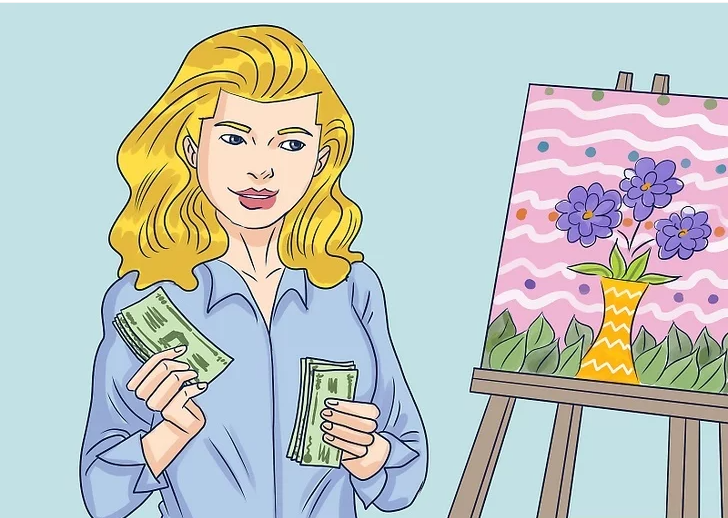
1. Consider the Value of a Career in Art
Art isn’t always about making money, but having a steady income allows you to devote more time to refining your craft. Earning money from your art can provide the freedom to focus on what you love. As you build your art career, the financial stability it provides enables you to spend more time developing your skills and reputation.
Related Resource: The Business of Art: How to Make a Living as an Artist
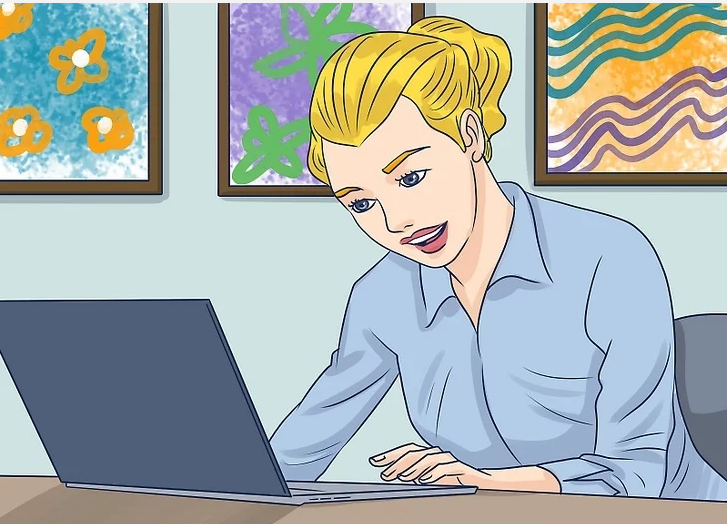
2. Advertise Your Art
To get your work seen, start by building a portfolio and then actively market it. Today, this is typically done online, so post your work on social media and create a website to showcase your best pieces.
For a more traditional approach, consider reaching out to local businesses like coffee shops. Bring your portfolio, and ask if they’d be interested in displaying your artwork. In return, they’ll enhance their space, and you’ll gain exposure.
Related Resource: How to Market Your Art Online
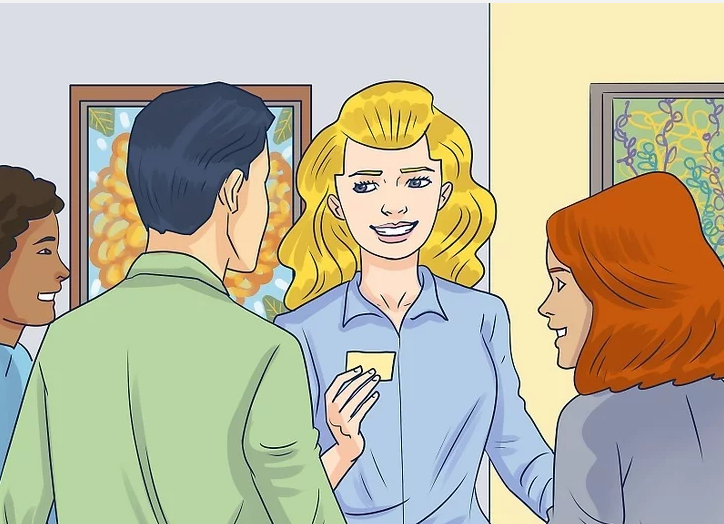
3. Network with Other Artists and Collectors
Stay connected to your local art scene by subscribing to art publications and attending art shows, festivals, or seminars. Be sociable, and try to meet individuals who can connect you to clients, galleries, or other opportunities for selling your work.
Perfect your elevator pitch: a brief, compelling statement that captures what makes your art interesting in just a few sentences. Keep refining it until it grabs attention. Bring plenty of business cards with your website, and make sure to follow up with anyone who shows interest.
Related Resource: Mastering the Art of Networking for Artists
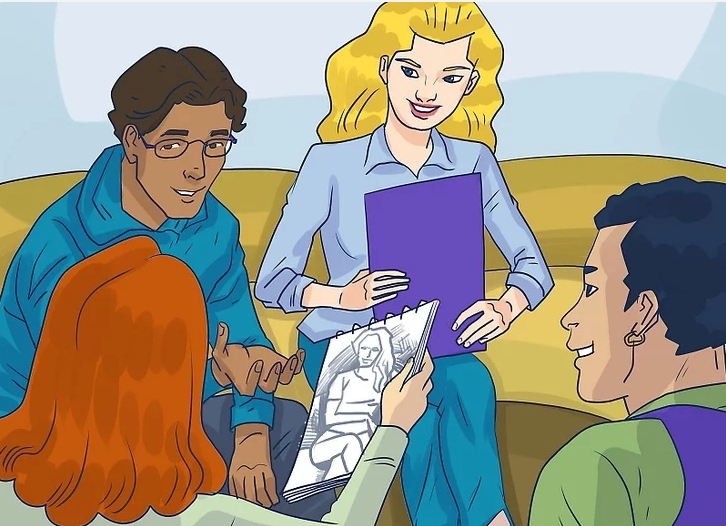
4. Join an Artist Community
Become known as a supportive and constructive member of your art community. Offer guidance and feedback to fellow artists, and use the community as a resource for feedback and networking.
Instead of feeling jealous, try to foster a collaborative spirit. Artists who help one another often benefit from mutual support. Consider forming a collective, pooling resources for shared gallery space or a studio, which can save money and introduce your work to new audiences.
Related Resource: Why Joining an Artist Collective is Beneficial

5. Hustle and Diversify Your Income
Most artists don’t rely on just one income source. To make a living, you need multiple revenue streams—selling work online, placing pieces in galleries, applying for public art contracts, teaching art classes, or even applying for grants.
This approach not only helps you make ends meet but also teaches you which business models are the most profitable. Diversifying ensures you remain financially stable even when one source of income fluctuates.
Related Resource: Multiple Revenue Streams for Artists: How to Thrive
By following these steps, you can build a sustainable and successful art career while growing your visibility and community connections.